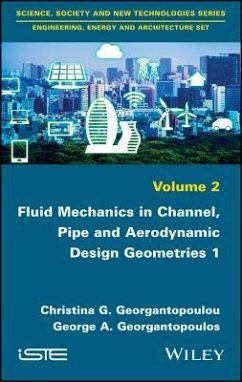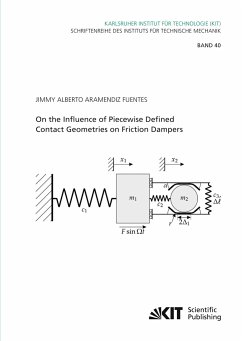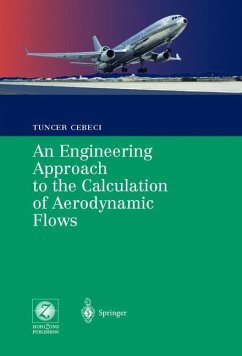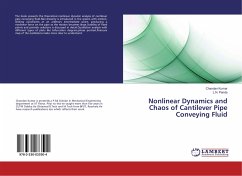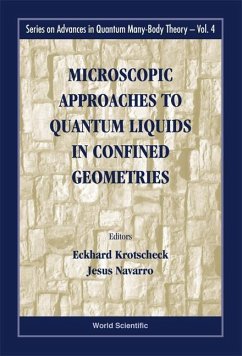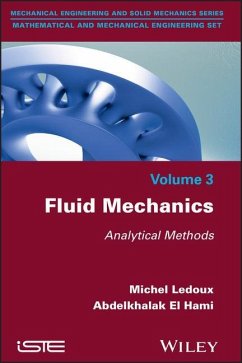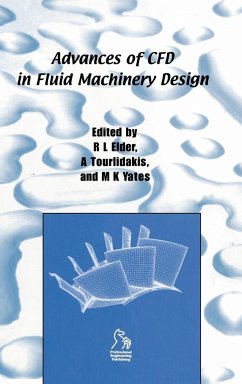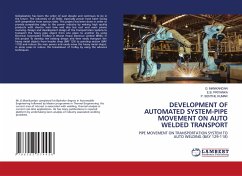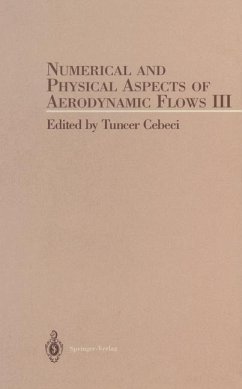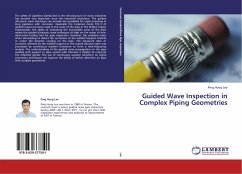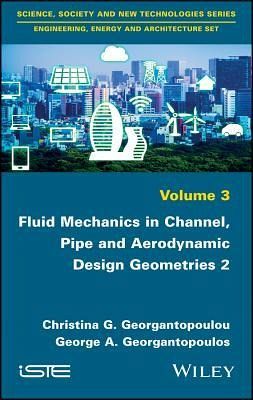
Fluid Mechanics in Channel, Pipe and Aerodynamic Design Geometries 2
Versandkostenfrei!
Versandfertig in über 4 Wochen
157,99 €
inkl. MwSt.
Weitere Ausgaben:

PAYBACK Punkte
79 °P sammeln!
Fluid mechanics is an important scientific field with various industrial applications for flows or energy consumption and efficiency issues. This book has as main aim to be a textbook of applied knowledge in real fluids as well as to the Hydraulic systems components and operation, with emphasis to the industrial or real life problems for piping and aerodynamic design geometries. Various problems will be presented and analyzed through this book.




